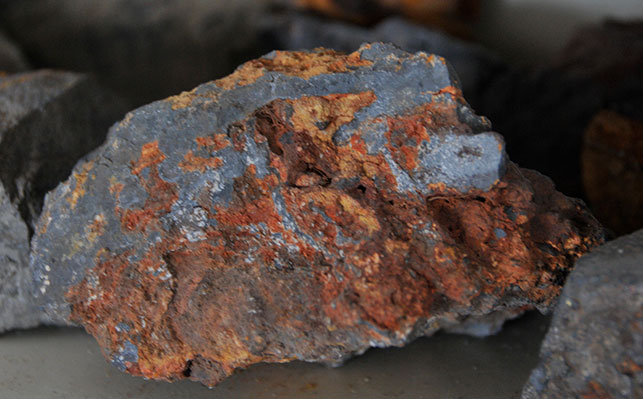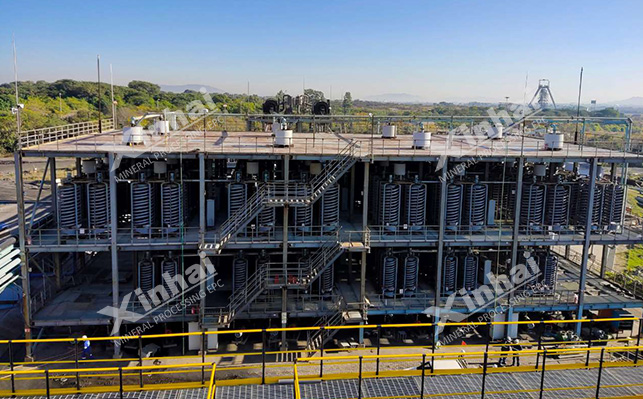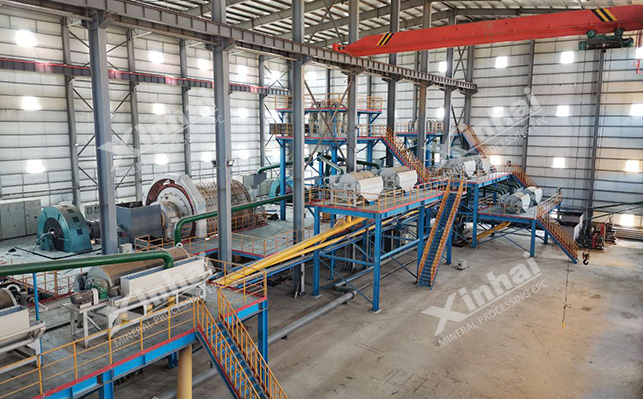Limonite is an important iron ore resource, widely distributed around the world. With generally low iron content, it often requires beneficiation processes to increase the iron grade, meeting the needs of industrial production. Ore dressing is a series of complex steps and processes aimed at separating high-grade iron ore from raw limonite. This article will introduce the basic principles, main steps, and common methods of limonite dressing.

Limonite mainly consists of iron oxide minerals, with iron and oxygen being the main elements. In addition to iron, limonite also contains small amounts of impurities such as silicon, titanium, aluminum, etc., which affect the ore grade and usability. The particle size of limonite is generally fine, commonly found in powder or granular form, hence requiring beneficiation to extract high-grade iron ore.
The basic principle of limonite dressing is to utilize the differences in physical properties to achieve ore separation and purification. Depending on different physical properties, methods such as gravity separation, magnetic separation, and flotation can be employed for ore dressing. These methods are often used in combination to achieve better separation results.

3.1 Crushing and Grinding
The raw limonite is first crushed and ground to make its particle size suitable for subsequent beneficiation processes. This step helps increase the surface area of the ore, enhancing its contact area with the beneficiation medium, thus improving the beneficiation efficiency.
3.2 Gravity Separation
Gravity separation is a commonly used method in limonite dressing. In this process, the heavier iron ore settles while the lighter impurities float, utilizing hydraulic or airflow to achieve separation.
3.3 Magnetic Separation
Magnetic separation is a method of separating iron ore based on its magnetic properties. By applying a magnetic field to the ore, the iron ore is attracted, while non-magnetic impurities remain unaffected, achieving separation.
3.4 Flotation
Flotation is a method that utilizes the differences in physical properties between the ore and the beneficiation medium for separation. By introducing air or other flotation media into the beneficiation tank, iron ore particles adhere to air bubbles and float to the surface, while impurities settle at the bottom, achieving separation.
3.5 De-impurity
During the beneficiation process, the extracted iron ore needs to undergo de-impurity treatment to further improve its grade. This includes removing surface-attached impurities and processing tailings.

4.1 Dense Medium Separation Method
Dense medium separation is a commonly used method in limonite dressing, employing different density media to separate the ore. By adding heavy media such as heavy spar or heavy liquid into water, lighter impurities are separated, thus enhancing the ore grade.
4.2 Magnetic Separation Method
Magnetic separation utilizes the magnetic properties of iron ore for separation, often performed using magnetic separators. By adjusting the magnetic field strength and direction, iron ore and non-magnetic impurities can be effectively separated.
4.3 Gravity Separation Method
Gravity separation relies on the density differences of the ore for separation, with commonly used equipment such as jigs and centrifuges. By adjusting the water flow rate and slope angle, separation between iron ore and impurities is achieved.
Limonite dressing is a complex process that requires the coordination of multiple methods and equipment to achieve efficient separation and purification. With the advancement of technology and process improvement, Limonite dressing is continuously being perfected and enhanced. It is believed that in the near future, more advanced beneficiation methods will be applied to Limonite dressing processes.